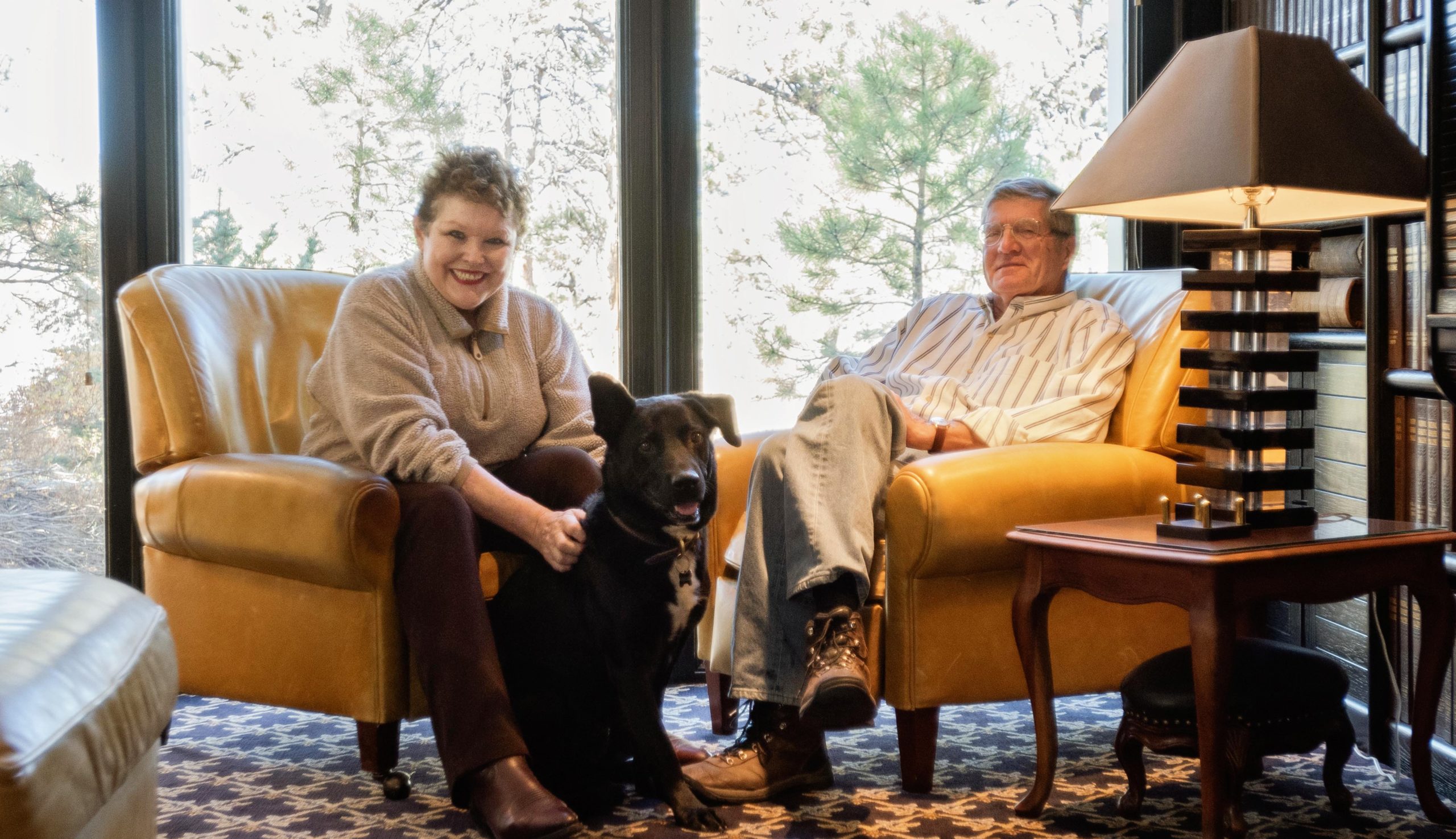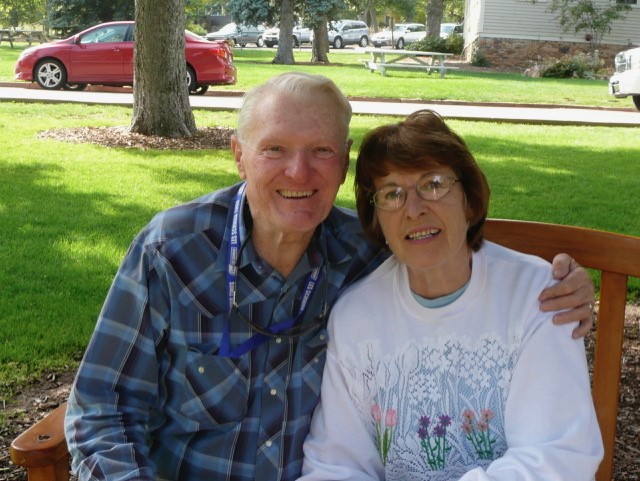Cynthia Leibrock’s business was thriving. She was an established interior designer with a portfolio of projects ranging from upscale residential homes to large commercial projects; we’re talking hospitals and airports. So how did she become an expert on designing spaces for the elderly and individuals with disabilities?
“I’ve had a really unlikely career,” says Cynthia. Through the course of establishing her own business, Cynthia touched a handful of healthcare interior design projects. These projects were unlike anything she’d done prior—they were exciting and interesting—so when Cynthia had an opportunity to design a highly specialized care facility, she enthusiastically took on the task.
The facility would help individuals with mental and physical disabilities integrate into society after institutionalization. “My brother had [mental illness] and was in and out of institutions his whole life. He lived in some pretty miserable environments, which gave me a sensitivity to the needs of elderly and disabled people,” says Cynthia.
Over the course of the project, she learned all she could about designing for disability. Cynthia was a pioneer in the field—very few resources existed on designing for individuals with special needs. Cynthia thought she could use her niche experience to help others design for accessibility. She wrote a book that incorporated her learnings and, whether through divine intervention, as Cynthia claims, or through pure serendipity, her book hit shelves the same year the Americans with Disabilities Act passed. It quickly became a best seller for a New York publishing house and solidified Cynthia as an expert in accessible design.
Cynthia found herself teaching accessible design at Harvard, providing keynote speeches on the topic, and eventually upgrading her and her husband’s own home to incorporate more than 200 universal design features.

Frank and Cynthia outside their mountain home
Now retired, Cynthia and her husband, Frank, are fund holders at the Community Foundation. Even post-career, they continue to make a profound impact for the elderly and individuals with disabilities through charitable giving. Through their fund, Cynthia and Frank dedicate $100,000 per year to causes they care about. The Leibrocks’ philanthropy has financed the retrofitting of hundreds of houses to keep individuals in their homes and helped train thousands of young architects and designers on universal design. “Then, when we die, we’ve put the Foundation as our sole beneficiary,” says Cynthia. “The fund will end up generating about $500,000 per year to support home healthcare and accessible design.”
Reflecting on her rich, 40-year career Cynthia seems as pleased by the impact of her philanthropy as the impact of her many professional achievements.
“I think that’s one of the big contributions the Community Foundation is making. They support people who have a sense of purpose and help show them a way to finance their dreams and make a difference with the resources they have. I couldn’t have done any of this if I hadn’t started this fund through the Community Foundation so many years ago.”
The Foundation is honored to continue the Leibrocks’ inspirational legacy for years to come. The thousands of individuals impacted by their work, and the thousands who will benefit in the future are an incredible testament to the power of philanthropy.



